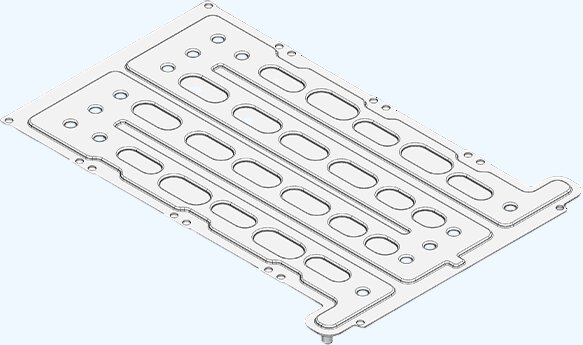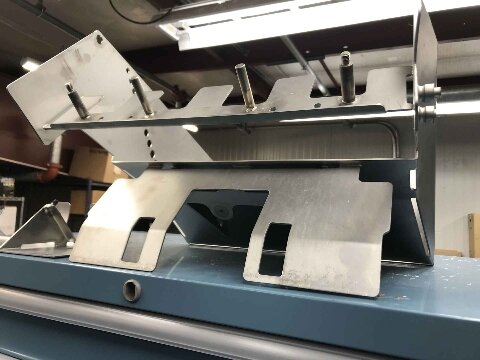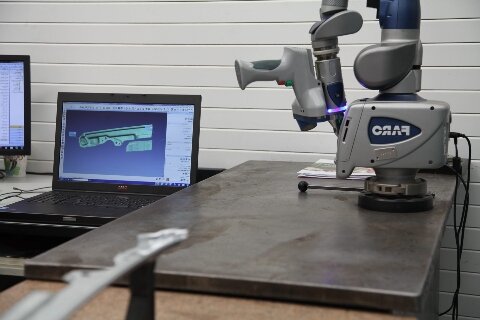Les ingénieurs et les concepteurs choisissent souvent l'usinage CNC ou l'usinage manuel. Cette décision peut avoir un impact significatif sur la qualité, l'efficacité et la rentabilité du produit.
L'usinage CNC offre une plus grande précision, des vitesses de production plus rapides et une plus grande cohérence, tandis que l'usinage manuel offre une plus grande flexibilité et est idéal pour les travaux plus simples et à petite échelle. La meilleure technique dépend des besoins du projet, du budget et des résultats souhaités.
Vous ne savez toujours pas quelle méthode répond le mieux à vos besoins ? Examinons leurs différences en termes de vitesse, de coût, de précision et d'évolutivité.
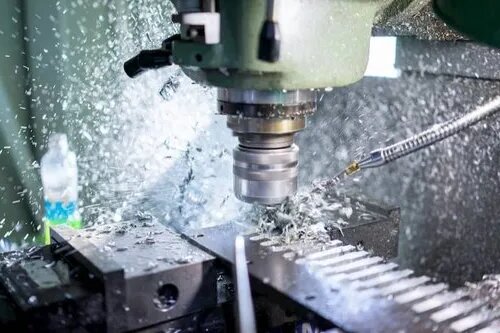
Qu’est-ce que l’usinage CNC ?
Usinage CNC est un processus de fabrication qui utilise un logiciel préprogrammé pour contrôler le mouvement des outils et des machines. Ces machines peuvent automatiser la coupe, forage, et fraisage avec une grande précision.
Grâce aux fichiers CAO, les machines CNC peuvent créer des pièces aux formes complexes, en garantissant des résultats cohérents sur plusieurs unités.
Comment fonctionne l'usinage CNC ?
L'usinage CNC consiste à traduire une conception numérique en instructions machine qui contrôlent le mouvement des outils de coupe. Voici une description étape par étape du fonctionnement du processus :
- Conception: Le processus commence par la création d'un modèle CAO 3D de la pièce. Ce modèle est converti en un format lisible par la machine, généralement un code G, qui indique à la machine CNC comment se déplacer.
- Mise en place: L'opérateur charge et fixe le matériau sur le plateau de la machine.
- Usinage: La machine CNC suit les instructions programmées, coupant, perçant ou façonnant le matériau avec précision.
- Finition: Après le processus d'usinage, la pièce et les éventuels processus de finition sont retirés de la machine.
Qu'est-ce que l'usinage manuel ?
L'usinage manuel consiste pour des opérateurs qualifiés à utiliser des machines-outils pour façonner et fabriquer des matériaux. Contrairement à l'usinage CNC, qui est guidé par des programmes informatiques, l'usinage manuel s'appuie sur l'expertise de l'opérateur pour contrôler les mouvements de la machine.
Cette approche pratique permet d'effectuer des ajustements à la volée, ce qui est idéal pour les pièces personnalisées ou la production de faibles volumes.
Comment fonctionne l'usinage manuel ?
Dans l'usinage manuel, l'opérateur joue un rôle clé en contrôlant les mouvements de la machine et en veillant à ce que la forme soit correcte. Voici un aperçu du fonctionnement du processus :
- Mise en place: Le matériau est placé sur le banc de la machine ou sur le dispositif de fixation, et l'opérateur le fixe.
- Opération: L'opérateur règle manuellement les paramètres de la machine, tels que la vitesse et l'avance.
- Découpage et façonnage: La machine-outil enlève la matière de la pièce, par rotation, coupe ou meulage, selon le type de machine utilisé.
- Finition: Après l'usinage, l'opérateur vérifie que la pièce ne présente pas d'autres exigences de finition.
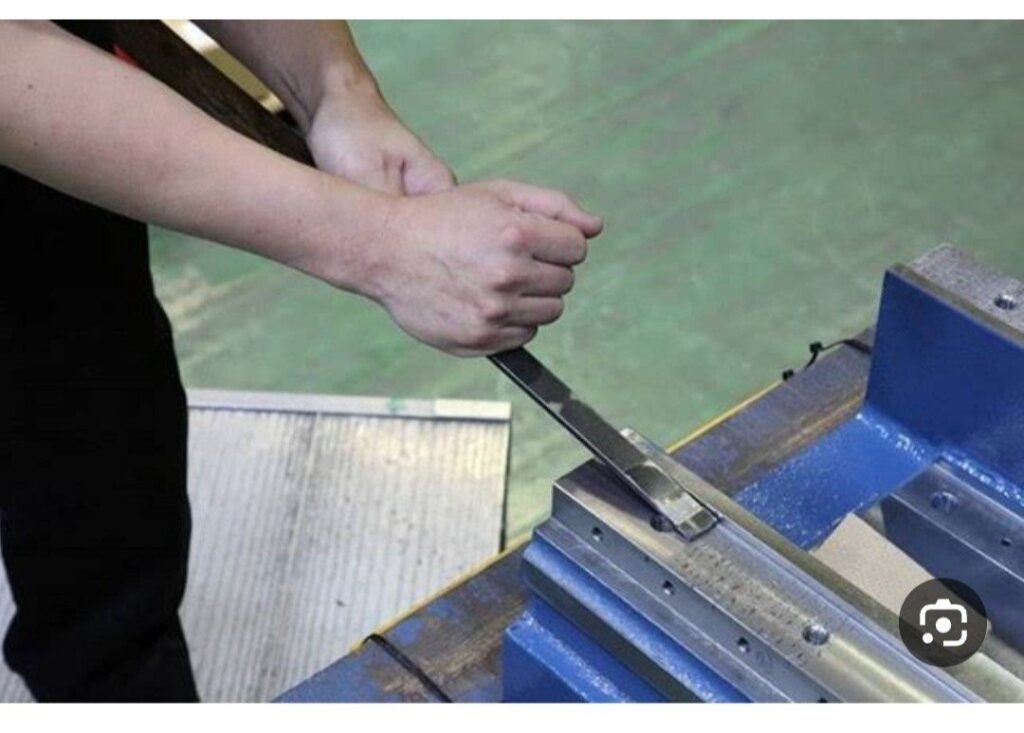
Avantages et inconvénients de l'usinage CNC et de l'usinage manuel
L'usinage CNC et l'usinage manuel ont tous deux leurs points forts et leurs limites. Analysons les avantages et les inconvénients de chacune de ces méthodes afin de déterminer celle qui convient le mieux à vos besoins spécifiques.
L'usinage CNC : Avantages et inconvénients
Pour :
- Précision et cohérence: Les machines CNC offrent une très grande précision, ce qui garantit que chaque pièce est produite conformément aux spécifications.
- Efficacité et rapidité: Une fois programmée, la machine peut fonctionner en continu, ce qui réduit les temps d'arrêt et augmente le rendement.
- Modèles complexes: Les machines à commande numérique peuvent traiter des géométries complexes et des dessins compliqués qui seraient difficiles, voire impossibles, à réaliser avec l'usinage manuel.
- Automatisation: La réduction des erreurs humaines et l'intervention minimale de l'opérateur signifient que les machines CNC peuvent produire des pièces avec peu de supervision, ce qui améliore l'efficacité du flux de travail.
- Évolutivité: La CNC convient parfaitement à la production de masse, car le même programme peut produire des centaines ou des milliers de pièces identiques.
Cons :
- Coût initial élevé: Les machines à commande numérique nécessitent un investissement initial important, comprenant le coût de la machine, du logiciel et de la formation de l'opérateur.
- Moins de flexibilité pour le travail sur mesure: Une fois qu'un programme CNC a été créé, il peut être long et coûteux d'apporter des modifications à la conception, en particulier pour les petits projets uniques.
- Entretien: Les machines à commande numérique peuvent être complexes à entretenir et à réparer, nécessitant des techniciens qualifiés et des pièces de rechange, ce qui peut s'avérer coûteux.
L'usinage manuel : Avantages et inconvénients
Pour :
- Flexibilité: L'usinage manuel offre une plus grande flexibilité pour la production personnalisée, unique ou en faible quantité.
- Investissement initial moins élevé: Les machines manuelles sont généralement moins coûteuses que les machines à commande numérique.
- Main-d'œuvre qualifiée: L'usinage manuel offre une expérience pratique précieuse, permettant aux machinistes qualifiés d'ajuster et d'affiner les pièces avec un grand savoir-faire.
- Idéal pour les petits lots: L'usinage manuel peut être plus rapide et plus rentable que l'installation d'une machine CNC pour les petites séries ou les pièces individuelles.
Cons :
- Moins de précision et de cohérence: L'usinage manuel dépend fortement de l'habileté de l'opérateur. Il peut en résulter une variabilité des dimensions des pièces, en particulier lors de la production de grandes quantités.
- Ralentissement de la vitesse de production: L'usinage manuel est beaucoup plus lent que l'usinage CNC, car l'opérateur doit régler manuellement chaque pièce.
- Limité à des conceptions plus simples: L'usinage manuel offre une certaine souplesse, mais il est moins efficace et moins performant pour la production de pièces très complexes ou détaillées.
Principales différences entre l'usinage manuel et l'usinage à commande numérique
Comprendre les principales différences entre l'usinage CNC et l'usinage manuel peut vous aider à déterminer la méthode la mieux adaptée à vos besoins. Nous allons comparer les deux méthodes en fonction de la précision, de la vitesse, des coûts et des besoins en main-d'œuvre.
Exactitude et précision
Le processus d'usinage CNC étant entièrement automatisé et contrôlé par des programmes informatiques, l'erreur humaine est réduite au minimum.
L'usinage manuel dépend de la capacité de l'opérateur à contrôler les outils, ce qui peut entraîner de légères variations dans les dimensions de la pièce.
Comparaison de la vitesse et du taux de production
Les machines à commande numérique sont conçues pour la vitesse et l'efficacité, en particulier pour la production en grande série. Une fois réglées, elles peuvent fonctionner en continu, souvent sans intervention humaine.
L'usinage manuel est généralement plus lent car l'opérateur doit régler la machine tout au long du processus.
Coûts de mise en place et d'exploitation
Si l'usinage CNC permet de réaliser des économies à long terme en termes d'efficacité de la production, les coûts d'installation initiaux sont plus élevés. Les machines à commande numérique sont coûteuses et il faut y ajouter les coûts des logiciels de CAO/FAO, de la formation et de la maintenance continue.
L'investissement initial pour les machines manuelles est relativement faible, ce qui les rend plus accessibles aux petites entreprises ou aux ateliers personnalisés. Les coûts d'installation sont également moins élevés, car aucune programmation ni aucun logiciel complexe n'est nécessaire.
Besoins en main-d'œuvre et en compétences
Les machines à commande numérique nécessitent des opérateurs qualifiés capables de programmer, de régler et d'entretenir les machines.
L'usinage manuel exige un haut niveau de savoir-faire, car les opérateurs doivent comprendre les machines, les matériaux et les outils utilisés.
Applications de l'usinage CNC
L'usinage CNC est utilisé dans diverses industries en raison de sa précision, de sa rapidité et de sa polyvalence. Voici quelques domaines clés où l'usinage CNC excelle :
Aérospatiale
Les machines CNC sont souvent utilisées pour produire des composants tels que des aubes de turbine, des pièces de moteur et des éléments structurels. La capacité à obtenir des tolérances serrées et des géométries complexes fait de l'usinage CNC un outil idéal pour les applications aérospatiales.
Automobile
Dans la fabrication automobile, l'usinage CNC produit des pièces fiables et de haute qualité pour les applications OEM et après-vente. Il s'agit notamment de composants de moteurs, de pièces de châssis, de systèmes de suspension et de modifications personnalisées de véhicules.
Dispositifs médicaux
L'usinage CNC est essentiel dans l'industrie médicale, en particulier pour la création de pièces de précision utilisées dans des dispositifs tels que les instruments chirurgicaux, les implants et les prothèses. Ces composants nécessitent une grande précision et une compatibilité des matériaux, ce que l'usinage CNC peut offrir.
Électronique
L'usinage CNC est fréquemment utilisé pour fabriquer des pièces destinées à l'industrie électronique, telles que des smartphones, des tablettes et d'autres boîtiers d'appareils électroniques grand public.
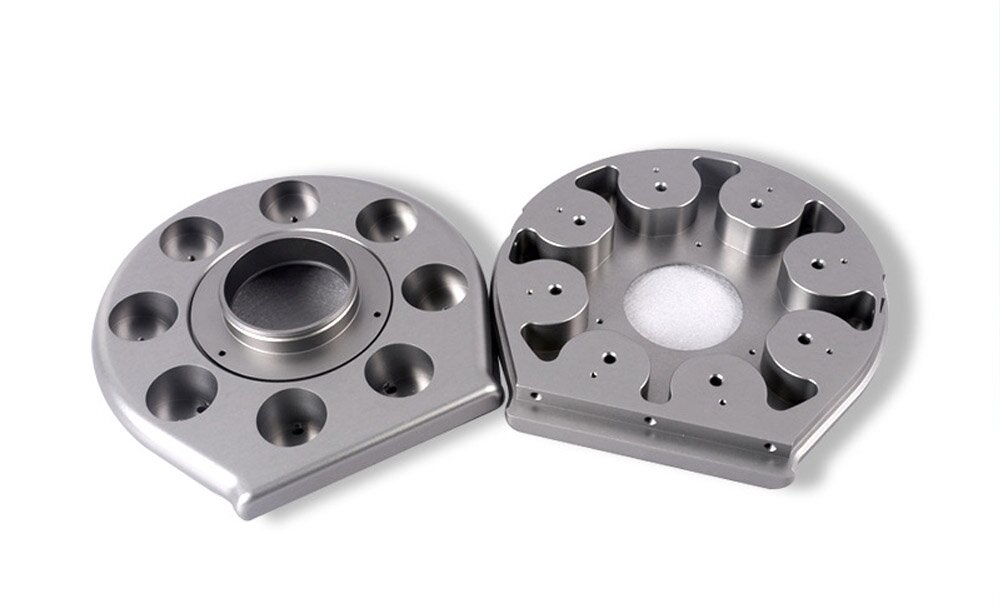
Applications de l'usinage manuel
L'usinage manuel présente des avantages pour la production de petites séries. Voici quelques applications clés pour lesquelles l'usinage manuel reste une option privilégiée :
Développement de prototypes
L'usinage manuel est souvent utilisé dans les premières phases du développement d'un produit, en particulier pour la création de prototypes. L'usinage manuel permet d'apporter rapidement des changements et des modifications à la conception.
Pièces détachées et réparations
L'usinage manuel est idéal pour produire des pièces sur mesure ou réparer des composants existants. La flexibilité des machines manuelles permet des ajustements rapides pour produire ou réparer des pièces endommagées.
Production à faible volume
L'usinage manuel offre une solution rentable pour les petites séries ou les pièces uniques. Bien qu'il soit plus lent que la commande numérique, la possibilité de changer rapidement d'outil ou de processus en fait une option viable pour la production de petites séries.
Quelle est la différence de coût entre l'usinage CNC et l'usinage manuel ?
Le prix d'une fraiseuse manuelle de base peut débuter à environ $3 000, tandis que celui d'une fraiseuse à commande numérique commence généralement à environ $5 000. Toutefois, en fonction de la complexité et de la taille de la machine, le prix des machines à commande numérique peut augmenter considérablement, atteignant parfois des centaines de milliers de dollars.
Les tours manuels sont généralement plus abordables, avec des prix avoisinant les 1 000 TTP, tandis que les tours à commande numérique commencent généralement à 1 000 TTP et augmentent en fonction des caractéristiques et des capacités.
En ce qui concerne les taux horaires, les services d'usinage manuel sont généralement plus abordables, avec des taux commençant à environ $40 par heure. En revanche, les services d'usinage CNC sont plus coûteux en raison de la sophistication et de l'automatisation de l'équipement. Une machine CNC de base à 3 axes coûte généralement environ $80 par heure.
Un élément important à prendre en compte lors de la comparaison des coûts horaires est le fait que l'usinage CNC offre un rendement nettement plus élevé que l'usinage manuel.
Usinage CNC et usinage manuel : Quelle technique choisir ?
Le choix entre l'usinage CNC et l'usinage manuel dépend des exigences spécifiques de votre projet. Vous trouverez ci-dessous un guide qui vous aidera à déterminer la technique la mieux adaptée à vos besoins.
Quand choisir l'usinage CNC
- Vous avez besoin d'une grande précision et de tolérances serrées.
- Votre projet comporte des géométries complexes.
- Vous produisez de grandes quantités.
Quand choisir l'usinage manuel
- Votre projet est à petite échelle ou personnalisé.
- Vous avez des contraintes budgétaires.
- La flexibilité et l'adaptabilité sont plus importantes que la vitesse.
Conclusion
Lorsqu'il s'agit de choisir entre l'usinage CNC et l'usinage manuel, le choix dépend largement de vos besoins de production. Chaque technique présente des avantages et la compréhension de vos besoins vous aidera à prendre une décision éclairée.
Si vous êtes prêt à optimiser votre processus de production ou si vous avez besoin d'aide pour trouver des solutions d'usinage adaptées à votre entreprise, nous contacter dès aujourd'hui pour une consultation personnalisée. Trouvons ensemble la meilleure méthode d'usinage pour votre projet !
Hey, je suis Kevin Lee

Au cours des dix dernières années, j'ai été immergé dans diverses formes de fabrication de tôles, partageant ici des idées intéressantes tirées de mes expériences dans divers ateliers.
Prendre contact

Kevin Lee
J'ai plus de dix ans d'expérience professionnelle dans la fabrication de tôles, avec une spécialisation dans la découpe au laser, le pliage, le soudage et les techniques de traitement de surface. En tant que directeur technique chez Shengen, je m'engage à résoudre des problèmes de fabrication complexes et à favoriser l'innovation et la qualité dans chaque projet.

